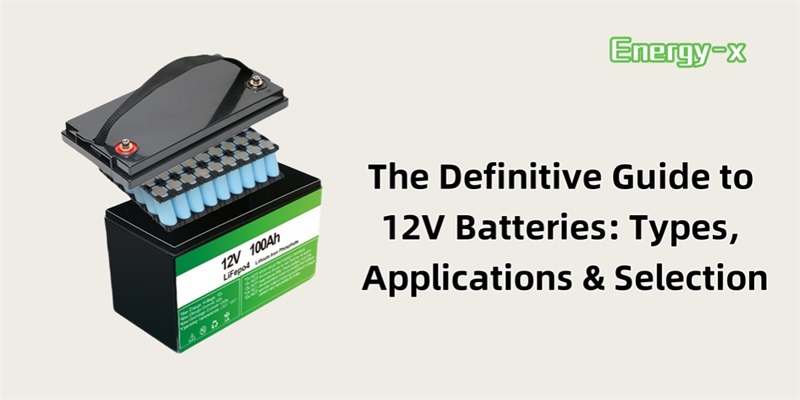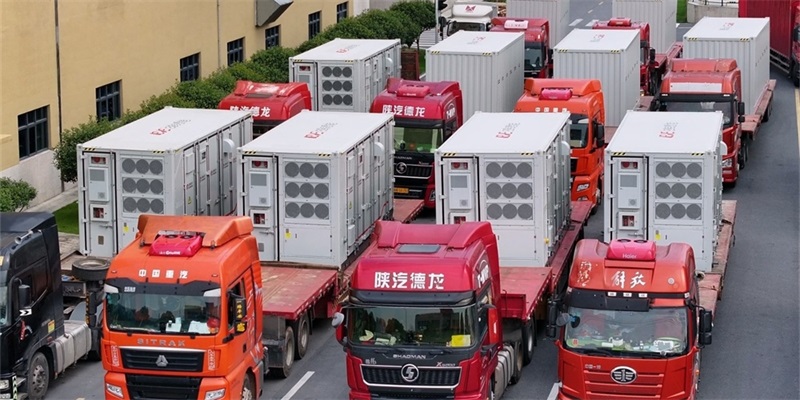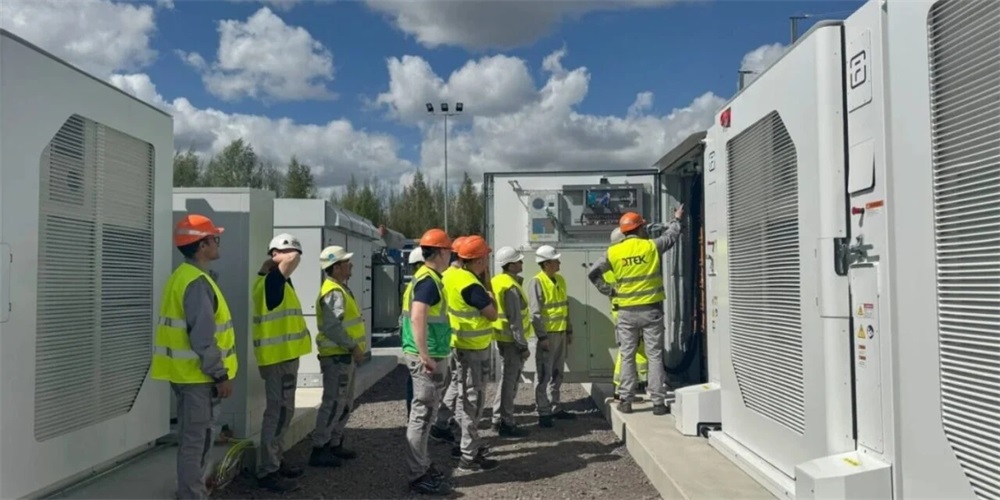A Comprehensive Guide to 12V Battery Performance: Feature comparison and application scenarios
The modern market offers a diverse range of 12V battery technologies, each with distinct characteristics. Common types include lead-acid batteries, ternary lithium batteries, lithium iron phosphate (LFP) batteries, and lithium titanate batteries. These varieties differ significantly in their packaging methods, energy density, lifespan characteristics, charge/discharge rates, and overall cost structures.

Primary Applications of 12V Batteries
12V battery systems serve numerous critical functions across multiple industries:
· Solar energy systems: Powering street lights and off-grid installations
· Transportation: Supporting RV, marine, and automotive starting systems
· Energy storage: Acting as the core component in residential backup systems
These batteries function as energy storage devices that supply power through controlled charging and discharging cycles. For household applications, a 12V inverter can convert the battery's DC output to standard AC power, enabling the operation of conventional home appliances.
System configuration options:
· Parallel connection: Increases total capacity for extended runtime
· Series connection: Elevates system voltage (e.g., creating 24V or 48V systems)
Comprehensive Battery Type Analysis
1. Lead-Acid Batteries
As the foundational 12V battery technology, lead-acid batteries utilize lead plates immersed in sulfuric acid electrolyte to store energy through chemical reactions.
Flooded Lead-Acid Variant:
· Requires regular water maintenance and monitoring
· Typical lifespan: 2-5 years (usage-dependent)
· Entry-level cost: Approximately $100
· Advantages: Proven technology, low initial cost
· Disadvantages: High maintenance, shorter lifespan
2. Ternary Lithium Batteries
These advanced lithium-ion batteries employ nickel-cobalt-manganese (NCM) cathode material, offering superior energy density and charge/discharge efficiency.
Ideal Applications:
· Space-constrained installations
· High-performance requirements
· Mid-range to premium electric vehicles
· High-end electric bicycles
3. Lithium Iron Phosphate (LFP) Batteries
LiFePO₄ chemistry represents the safest current lithium battery technology, featuring exceptional cycle life and stability.
Performance Characteristics:
· 3,000-5,000 charge cycles
· 100% Depth of Discharge (DOD) capability
· No over-discharge concerns
· Excellent long-term reliability
4. Lithium Titanate (LTO) Batteries
This cutting-edge technology utilizes nano-structured lithium titanate anodes, offering unparalleled performance in extreme conditions.
Technical Specifications:
· Operates down to -40°C
· Exceptional cycle life (tens of thousands of cycles)
· Compatible with various cathode materials
· Can form 1.5V systems with lithium metal anodes
Selecting the Optimal 12V Battery
Choosing the appropriate battery technology involves careful consideration of operational requirements and budget constraints:
1. Budget-conscious applications:
· Flooded lead-acid offers the lowest upfront cost
· Higher long-term costs due to replacement needs
2. Extreme temperature environments:
· Lithium-ion variants provide superior performance
· Built-in protection mechanisms
3. Balanced performance needs:
· LFP batteries offer optimal lifecycle value
· Excellent safety profile
4. High-frequency cycling or arctic conditions:
· LTO technology delivers unmatched durability
· Justifies higher initial investment (3x standard cost)
Each technology presents unique advantages that must be evaluated against specific application requirements, operational conditions, and total cost of ownership considerations.

